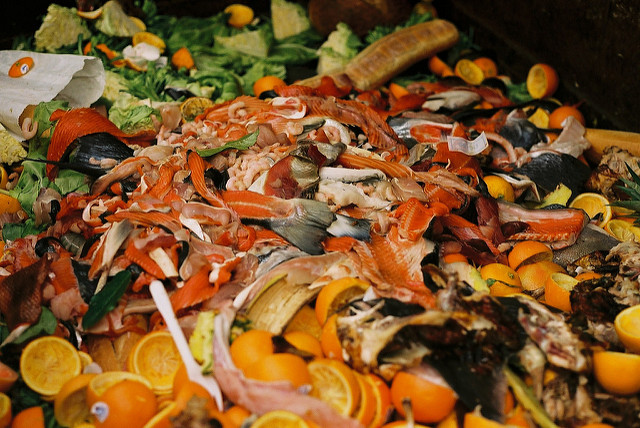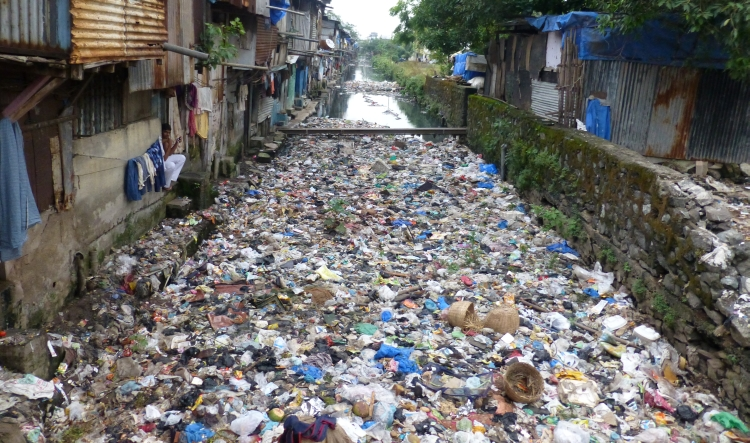When a household solid waste is dumped at the dumpsite, then a part of that waste is disappeared after few days that is the biodegradable waste and some waste starts accumulating at that place, that is the non-biodegradable waste. The solid substances which are decomposed after few days contain some of the polymers that are decomposed by the action of living microorganisms. In the accumulated solid waste, there are some polymers which are cannot be decomposed and are known as the non-biodegradable polymers. Due to the accumulation of these polymers, pollution and various diseases are caused. The biodegradable polymers can be decomposed within a few days to the months.

To control the infection, and diseases, eco-friendly polymers are being synthesized and used. The functional groups of these polymers are similar to that of the biopolymers. They can be synthesized by adding the molecule of amide, anhydride, and ester and linkage are made between the molecules. Some examples of the biodegradable polymers are Poly β-hydroxybutyrate – co-β-hydroxy valerate (PHBV), Nylon 2–nylon 6, and Polyhydroxybutyrate (PHB). Mostly, the biodegradable substances include eggshells, food waste, dead animals, and plants, fruit peels, vegetables, garden waste, and paper material. If any food or any peel of the fruit is thrown out then several microorganisms like fungi, bacteria, and some small insects act over it by the period. The natural elements like oxygen, moisture, water, temperature, and heat further facilitate the process of decomposition by breaking the complex organic compounds into simpler ones. Eventually, this decomposed matter is returned to the soil and after mixing in the soil, it becomes the source of nourishment and nutrition to the many living things, especially for the plants and microorganisms.

Non-biodegradable elements consist of hazardous plastics, aluminum cans and bottles, metal scraps, polystyrene, tyers, paints, and various chemicals. Practically, these things are immune to the natural processes and they cannot be broken down or fed up even after thousands of years. They significantly contribute to solid waste, which is very toxic to the environment and has negative implications on human health. A load of biodegradable polymers on the earth is increasing concern all over the globe and therefore, many countries are looking for eco-friendly polymers to minimize the threat to the various life forms. Also, the commodities should be identified and separated according to the nature of biodegradable, and non-biodegradable polymers, as it is a smart approach to handle the waste.